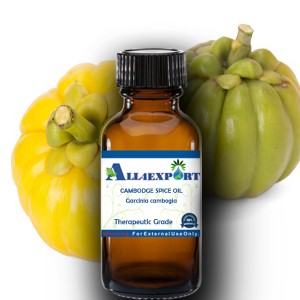| ASAFOETIDA OLEORESINS |
Botanical Name | : | Ferula assa-foetida | Country of Origin | : | India | Solubility | : | Not Applicable | Specific Gravity | : | Not Applicable | Optical Rotation | : | Not Applicable | Refrective Index | : | Not Applicable | Plant Part | : | Root and Stem | Blend With | : | Blend With Garlic, Onion, Basil, Bay, Caraway, and Cardamom | CAS No | : | Not Applicable | Flash Point | : | Not Applicable | Extraction Method | : | Steam Distilled |
|
Description : Asafoetida was the popular flavoring spice of ancient Rome. Asafoetida Oleoresin has a characteristic aromatic order and bitter acidic taste. It is actually a gum oleoresin from the various plants of ferula varieties.
|
Constituents : Asafoetida contains Resin (40 - 64 %), Gum (approx. 25%), Voltile Oil (10-17%), Ash (1.5 to 10 %) |
Uses : Asafoetida Oleoresin is used as a flavoring, food preservative, and fragrance. It is used as a folk remedy for a wide variety of purposes, including carminative, antispasmodic, expectorant, sedative diuretic, anthelminthic, aphrodisiac, and emmenagogue.
|
Benefit : Asafoetida is used in treating stomach disorders and cures people who are suffering from gas, bloating, acidity, constipation and improves stomach health. Respiratory disorders are kept under control when hing is consumed daily, and this is a good spice that can be taken in cold and winter season as well. |
Caution Note: Oleoresin is a powerful irritant, and even in minute quantities produces an intense burning sensation when it comes in contact with the eyes and tender parts of the skin.
All of the information and opinions that are provided on this web site are for informational and educational purposes only. This information is not intended to replace medical advice given by a medical practitioner. Anyone considering alternative therapies should consult with their medical professional before using an alternative method of healing. We do not give nor is any opinion on our web site medical advice.
|

























